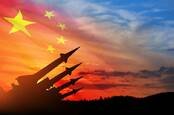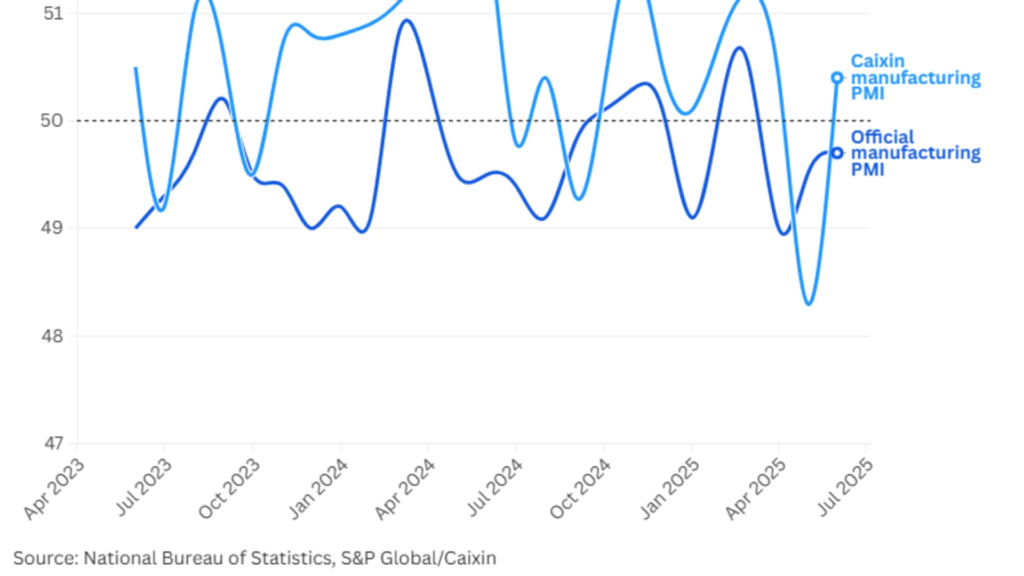In recent years, the company has transformed from a competent private sector telecommunications firm into a “muscular technology juggernaut straddling the entire AI hardware and software stack,” said Paul Triolo, partner and senior vice president for China at advisory firm DGA-Albright Stonebridge Group.
Ramon Costa | SOPA Images | Lightrocket | Getty Images
Huawei has open-sourced two of its artificial intelligence models — a move tech experts say will help the U.S.-blacklisted firm continue to build its AI ecosystem and expand overseas.
The Chinese tech giant announced on Monday the open-sourcing of the AI models under its Pangu series, as well as some of its model reasoning technology.
The moves are in line with other Chinese AI players that continue to push an open-source development strategy. Baidu also open-sourced its large language model series Ernie on Monday.
Tech experts told CNBC that Huawei’s latest announcements not only highlight how it is solidifying itself as an open-source LLM player, but also how it is strengthening its position across the entire AI value chain as it works to overcome U.S.-led AI chip export restrictions.
In recent years, the company has transformed from a competent private sector telecommunications firm into a “muscular technology juggernaut straddling the entire AI hardware and software stack,” said Paul Triolo, partner and senior vice president for China at advisory firm DGA-Albright Stonebridge Group.
In its announcement Monday, Huawei called the open-source moves another key measure for Huawei’s “Ascend ecosystem strategy” that would help speed up the adoption of AI across “thousands of industries.”
The Ascend ecosystem refers to AI products built around the company’s Ascend AI chip series, which are widely considered to be China’s leading competitor to products from American chip giant Nvidia. Nvidia is restricted from selling its advanced products to China.
A Google-like strategy?
Pangu being available in an open-source manner allows developers and businesses to test the models and customize them for their needs, said Lian Jye Su, chief analyst at Omdia. “The move is expected to incentivize the use of other Huawei products,” he added.
According to experts, the coupling of Huawei’s Pangu models with the company’s AI chips and related products gives the company a unique advantage, allowing it to optimize its AI solutions and applications.
While competitors like Baidu have LLMs with broad capabilities, Huawei has focused on specialized AI models for sectors such as government, finance and manufacturing.
“Huawei is not as strong as companies like DeepSeek and Baidu at the overall software level – but it doesn’t need to be,” said Marc Einstein, research director at Counterpoint Research.
“Its objective is to ultimately use open source products to drive hardware sales, which is a completely different model from others. It also collaborates with DeepSeek, Baidu and others and will continue to do so,” he added.

Ray Wang, principal analyst at Constellation Research, said the chip-to-model strategy is similar to that of Google, a company that is also developing AI chips and AI models like its open-source Gemma models.
Huawei’s announcement on Monday could also help with its international ambitions. Huawei, along with players like Zhipu AI, has been slowly making inroads into new overseas markets.
In its announcement Monday, Huawei invited developers, corporate partners and researchers around the world to download and use its new open-source products in order to gather feedback and improve them.
“Huawei’s open-source strategy will resonate well in developing countries where enterprises are more price-sensitive as is the case with [Huawei’s] other products,” Einstein said.
As part of its global strategy, the company has also been looking to bring its latest AI data center solutions to new countries.






![[News] China Rare Earth Group Reportedly Hit by Executive Resignations Amid U.S.-China Trade Tensions](https://koala-by.com/wp-content/uploads/2025/07/Rare-Earth-China-GRINM-Advanced-Materials-20250609-624x404.png)

